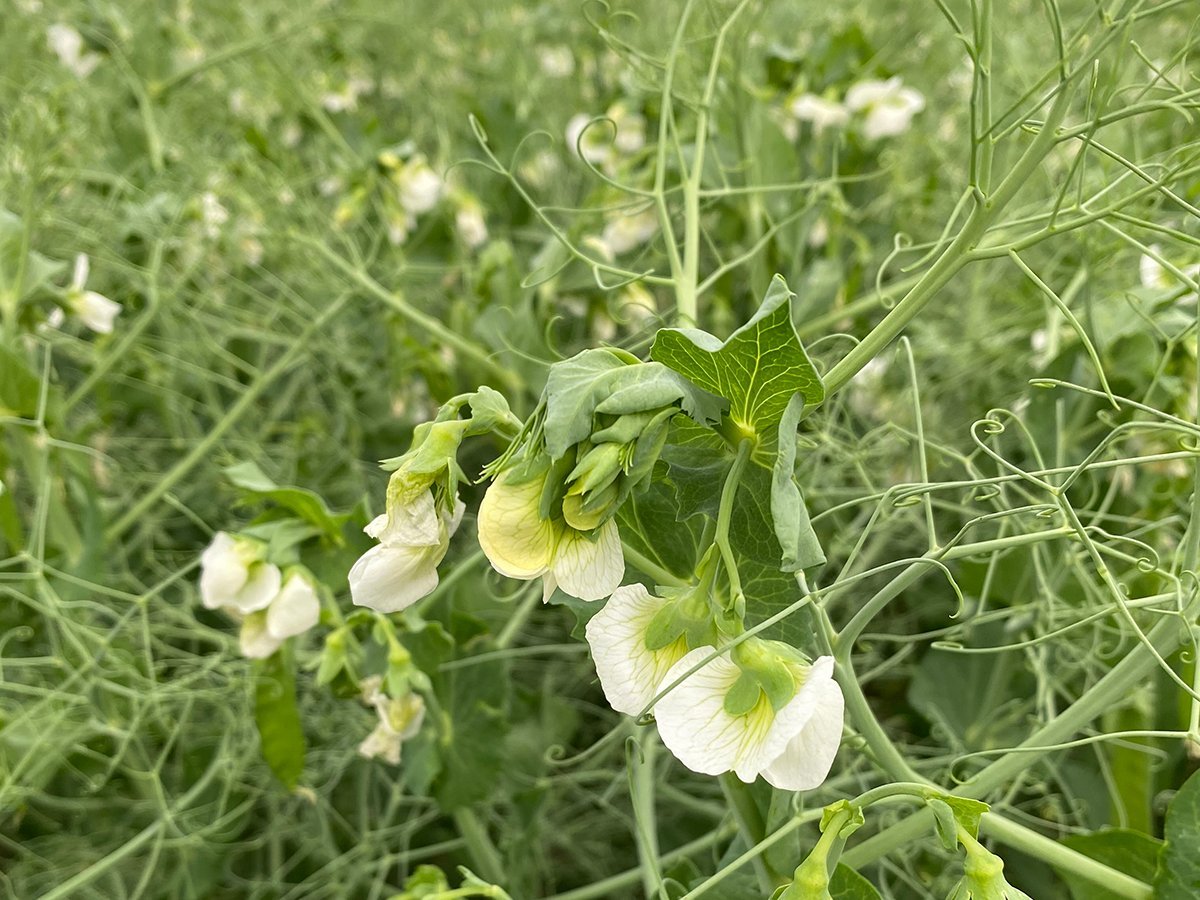Crystal Green | Company testing phosphorus prills in canola, spring wheat, corn and soybean crops
Like any technological innovation, Crystal Green does not enter the market as the lowest cost option.
However, like so many agricultural innovations, the higher efficiency might justify the higher cost.
In the case of Ostara Crystal Green, field trials are essential in demonstrating that the economic benefit of the company’s pearlized phosphorus prills merits a price tag two or three times higher than conventional fertilizer products.
Ostara is conducting 100 trials in alfalfa, canola, winter wheat, spring barley, corn, potatoes and vegetable crops, says Ostara chief agronomist Dan Froechlich.
Read Also

Crop quality looks good this year across Prairies
Crop quality looks real good this year, with the exception of durum.
“We’re testing to make sure it works in an on-farm context with some of the main broad acre crops,” he said.
“Next year we’ll be doing more canola, spring wheat, corn and soybeans.”
He said side-by-side on-farm trials are the best way to show whether a product is economically beneficial.
For example, Crystal Green might not be viable in a year when corn prices are down and phosphate is cheap. In other years, it might be the only logical choice.
“So far, we’ve proven (a return on investment) of 3:1 and 4:1 and even higher, but let’s face it, even if the farmer sees a yield increase and an economic benefit, it still has to get past his banker,” he said.
“The banker controls a lot of what a farmer gets to do. He has to be shown that Crystal Green limits the risk of the investment disappearing down a hole.”
Froechlich said farmers and bankers need to examine what happens to the fertilizer they apply. If it’s gone forever, it was probably a bad investment.
However, if the unused fertilizer remains stable and in place for the next crop, then maybe it was a good idea.
“I’m originally from a farm in northern Iowa. We used to joke that by the time we finished applying fertilizer on a 160 acre field, the phosphorus was already all tied up in the soil,” he said.
“That’s what Crystal Green prevents. It only releases phosphorus when organic acids from the plant call for it. When the plant stops growing, it stops giving off organic acids so Crystal Green stops releasing phosphorus.
“If you put Crystal Green down in a corn field on 30 inch centres, it’s not likely the roots will access it down the row centres in the first year. The organic acids will not have reached the prills to trigger a phosphorus release. That means all the Crystal Green down the middle be-tween the rows is still there the following year.”
A lot of vegetable crops and irrigated crops are grown on sandy soils. Froechlich said Ostara’s experience in sandy soil shows that the product does not wash down below the root zone.
“On the Canadian Prairies, where calcium can be an issue, a lot of phosphorus normally get tied up right away. Crystal Green helps in two ways,” he said.
“First, as we said, phosphorus is only released when it’s called for by the roots. It’s not freely available for the calcium to get it. Second, our slow release magnesium helps improve the calcium-magnesium ratio that causes problems in some of your higher pH soils.
“We’ve also found reducing the overall P2O5 rate by 25 percent gives us higher yields. If the recommendation calls for 100 pounds of P2O5 for a 250 bushel corn crop, we drop that to 75 lb. total P2O5.”
In that situation, he said the company would typically use 70 lb. Crystal Green along with 108 lb. MAP to obtain the required 75 lb. phosphorus.
Froechlich said Ostara always put a small amount of conventional water soluble phosphorus in the blend with Crystal Green to give the plants an immediate boost.
The plants will not exude the required organic acids to trigger a phosphorus release unless they are established with a healthy root system.
The conventional phosphorus provides that kick start.















